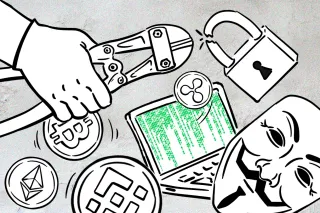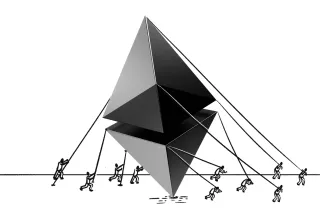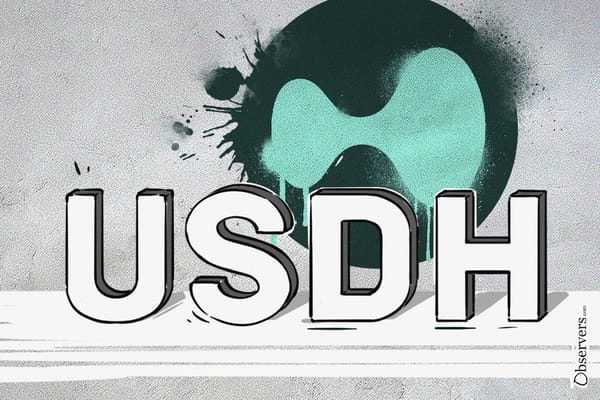
From Polymarket’s stripped-down design to Kalshi’s regulatory breakthrough, prediction markets are turning collective opinion into a financial asset class — and a new battleground over who defines truth
Alex Harutunian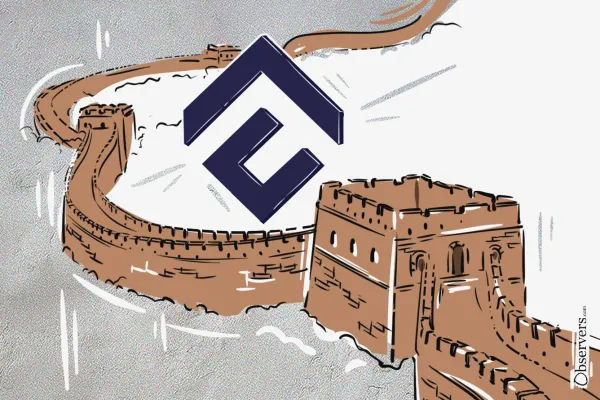
While crypto remains banned, China’s state-backed blockchain ecosystem — led by Conflux — is expanding across Asia and into global finance. Conflux Network bridges China’s academic research, state strategy, and open blockchain innovation.
Alex Harutunian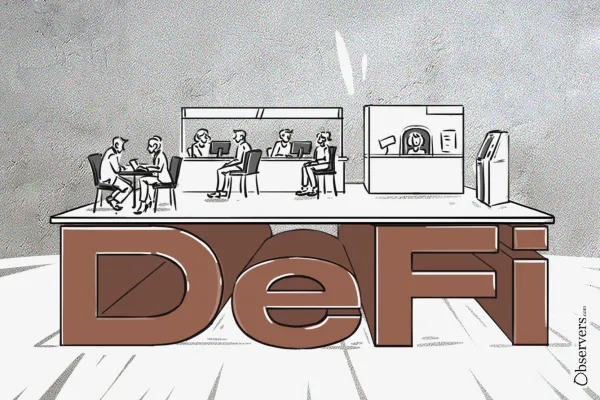
DeFi is moving from standalone apps into the backend of exchanges, with Coinbase and Crypto.com leading by embedding Morpho’s lending vaults. This “embedded DeFi” model raises a key question: are exchanges becoming banks, or just UIs? The answer will define DeFi’s role in future banking.
Alex Harutunian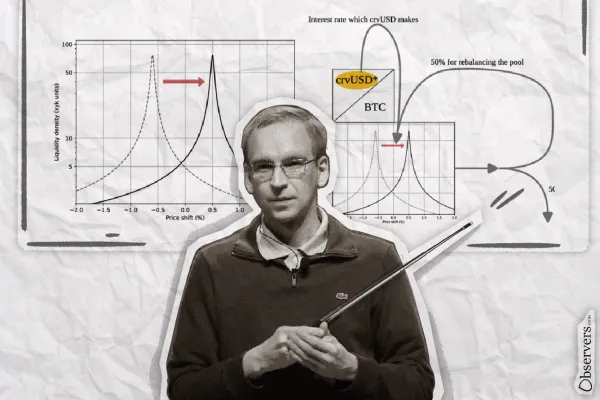
Curve Finance is launching Yield Basis with a $60M crvUSD credit line. The product aims to eliminate impermanent loss for liquidity providers, and at the same time transform CRV from a governance token into an income-generating asset with revenues shared back to holders
Alex Harutunian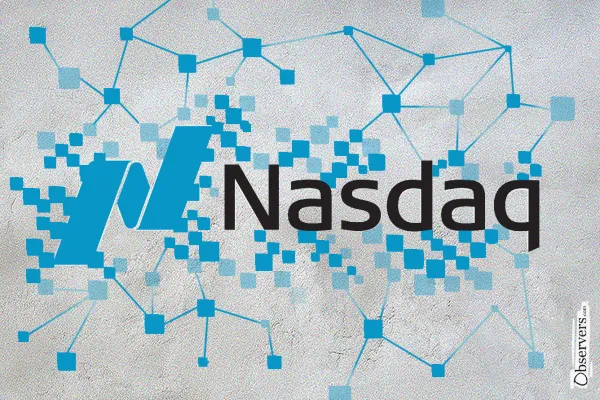
Nasdaq has filed with the U.S. SEC to bring tokenized securities onto its main market, aiming to trade blockchain-based and traditional shares side by side. If approved, the move could make Nasdaq the first U.S. exchange to integrate tokenized equities under existing protections
Alex Harutunian
From Polymarket’s stripped-down design to Kalshi’s regulatory breakthrough, prediction markets are turning collective opinion into a financial asset class — and a new battleground over who defines truth
Alex Harutunian
Balancer Protocol was exploited through a tiny rounding bug in its code. As losses neared $100 million, projects froze pools, rolled back blockchains, and clawed back funds—revealing the centralized and still untamed side of decentralized finance
07.11.2025 Finland to implement Crypto-Asset Reporting Framework in 2026. 07.11.2025 Trump Media reports $55M Q3 2025 net loss from digital asset revaluation. 07.11.2025 Kazakhstan to establish $500M–$1B crypto reserve fund using seized assets. 07.11.2025 Japan’s FSA approves pilot by MUFG,
29.10.25 Ondo Finance launches Ondo Global Markets on BNB Chain. 29.10.25 Ethereum Foundation launches portal to guide institutional adoption. 29.10.25 Securitize goes public via SPAC merger with Cantor Fitzgerald’s CF Acquisition Corp VIII. 28.10.25 Trump Media & Technology Group to launch
Kazakhstan launched a state-backed crypto reserve, Alem Crypto Fund, partnering with Binance Kazakhstan and starting with an investment in $BNB. SWIFT is building a blockchain ledger with 30+ banks using Consensys. Polish lawmakers passed a Crypto-Asset Market Act, aligning rules with the EU’s MiCAR. Vitalik Buterin opposes EU’s
Uniswap’s Unichain has boosted L2 volumes past $40B, but liquidity tells a different story. TVL has halved since July, exposing the limits of incentive-driven growth. Despite cheaper fees, users remain on Ethereum—where Uniswap continues to be one of the network’s largest revenue engines.

TON Strategy Company, formerly Verb Technology, has rebranded as a Toncoin treasury, holding $713M in TON and targeting over 5% of supply. By staking its holdings and adopting financial engineering akin to Strategy’s playbook, it aims to turn crypto reserves into shareholder returns

From $GOAT to $FART, memecoins show how hype burns fast and budgets vanish faster. Market caps in the tens of millions may look like real businesses, but behind the joke lies sunk marketing spend, fragile communities, and the math of attention that always runs out of breath
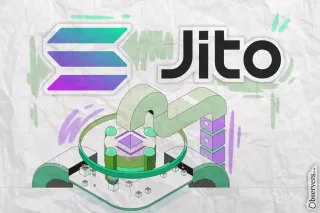
Jito’s BAM transforms MEV on Solana from a private auction into a transparent, programmable marketplace. While Ethereum introduced PBS, Solana may now be a step ahead—embedding MEV handling directly into the protocol with greater flexibility and developer access.
Circle’s decision to bring native USDC to Hyperliquid underscores the chain’s rise as an institutional-grade DeFi hub, while advancing its strategy to make USDC the default stablecoin — trusted, redeemable, and seamlessly transferable across chains
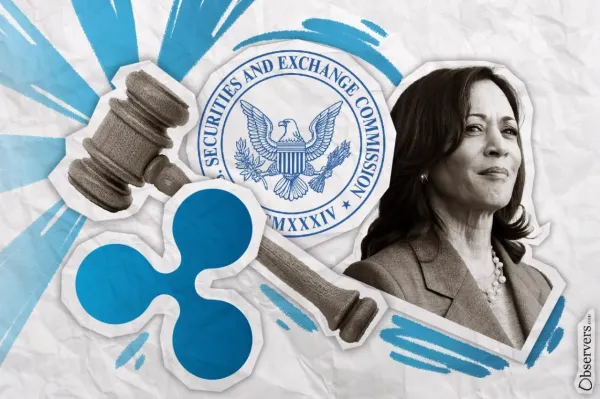
XRP prices rose as the SEC missed its October 16 deadline. Ripple co-founder Chris Larsen made a significant XRP donation to the Kamala Harris campaign.
Mathilde Adam
Telegram's founder was arrested in August in France. While the reason given was his connection to criminal activity on the platform, Telegram's activities in Web3 could be the real cause. Like Facebook's Libra/Diem, authorities can be sensitive to private money initiatives by large social networks.
Sasha Markevich
Buterin ponders the necessary infrastructural changes that should be implemented in Ethereum to enhance its decentralization and reduce its time to finality.
Alexander Mardar
Bitcoin hit its lowest search interest level on Google last week. The simplest reason—that it might be losing its popularity—is not the right one.
Eva Senzaj Pauram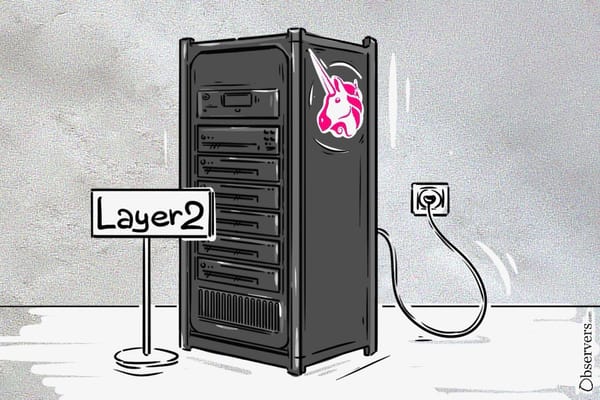
Uniswap launches "Unichain" - a Layer 2 blockchain with promises of lower costs and faster trades. But where is the line that divides decentralized networks from proprietary servers?
Alexander Mardar
WLFI Token went on sale today. So far, it has raised $5m, or 1.7% of its target, with Election Day just three weeks away.
Rebecca Denton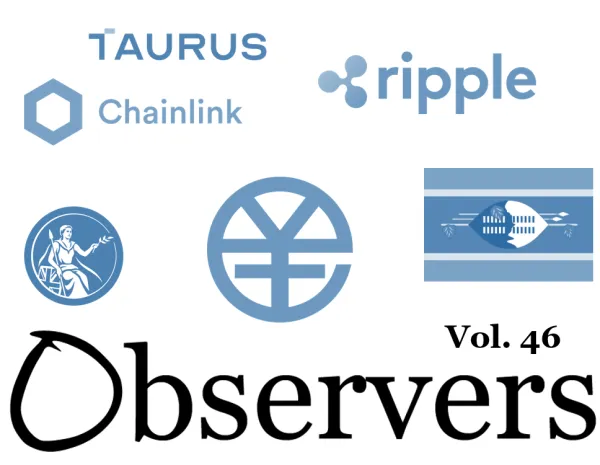
More than 180 million digital yuan wallets have now been created — but over in the UK, campaigners fear "Britcoin" could plunge privacy and freedom of expression into peril.
Observers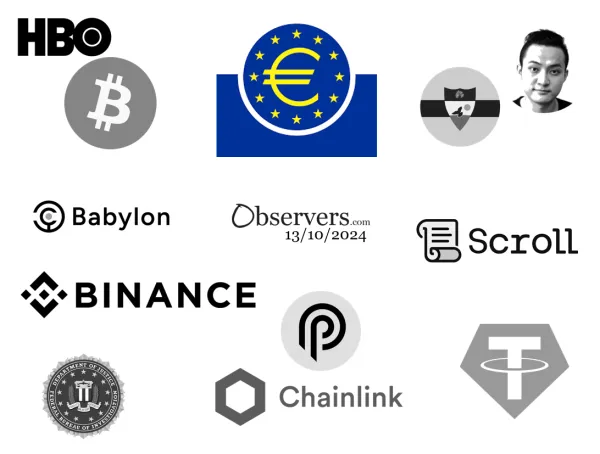
Happy Sunday, Observers! Have you settled on who Satoshi Nakamoto is, or has the HBO documentary about the mastermind who created Bitcoin just made you more confused? Peter Todd, who the movie released earlier this week claims to be Satoshi, has refused the claims, giving rise to dozens of alternative
Eva Senzaj Pauram
Balancer Protocol was exploited through a tiny rounding bug in its code. As losses neared $100 million, projects froze pools, rolled back blockchains, and clawed back funds—revealing the centralized and still untamed side of decentralized finance
07.11.2025 Finland to implement Crypto-Asset Reporting Framework in 2026. 07.11.2025 Trump Media reports $55M Q3 2025 net loss from digital asset revaluation. 07.11.2025 Kazakhstan to establish $500M–$1B crypto reserve fund using seized assets. 07.11.2025 Japan’s FSA approves pilot by MUFG,
29.10.25 Ondo Finance launches Ondo Global Markets on BNB Chain. 29.10.25 Ethereum Foundation launches portal to guide institutional adoption. 29.10.25 Securitize goes public via SPAC merger with Cantor Fitzgerald’s CF Acquisition Corp VIII. 28.10.25 Trump Media & Technology Group to launch
Kazakhstan launched a state-backed crypto reserve, Alem Crypto Fund, partnering with Binance Kazakhstan and starting with an investment in $BNB. SWIFT is building a blockchain ledger with 30+ banks using Consensys. Polish lawmakers passed a Crypto-Asset Market Act, aligning rules with the EU’s MiCAR. Vitalik Buterin opposes EU’s
Uniswap’s Unichain has boosted L2 volumes past $40B, but liquidity tells a different story. TVL has halved since July, exposing the limits of incentive-driven growth. Despite cheaper fees, users remain on Ethereum—where Uniswap continues to be one of the network’s largest revenue engines.

TON Strategy Company, formerly Verb Technology, has rebranded as a Toncoin treasury, holding $713M in TON and targeting over 5% of supply. By staking its holdings and adopting financial engineering akin to Strategy’s playbook, it aims to turn crypto reserves into shareholder returns

From $GOAT to $FART, memecoins show how hype burns fast and budgets vanish faster. Market caps in the tens of millions may look like real businesses, but behind the joke lies sunk marketing spend, fragile communities, and the math of attention that always runs out of breath

Jito’s BAM transforms MEV on Solana from a private auction into a transparent, programmable marketplace. While Ethereum introduced PBS, Solana may now be a step ahead—embedding MEV handling directly into the protocol with greater flexibility and developer access.
